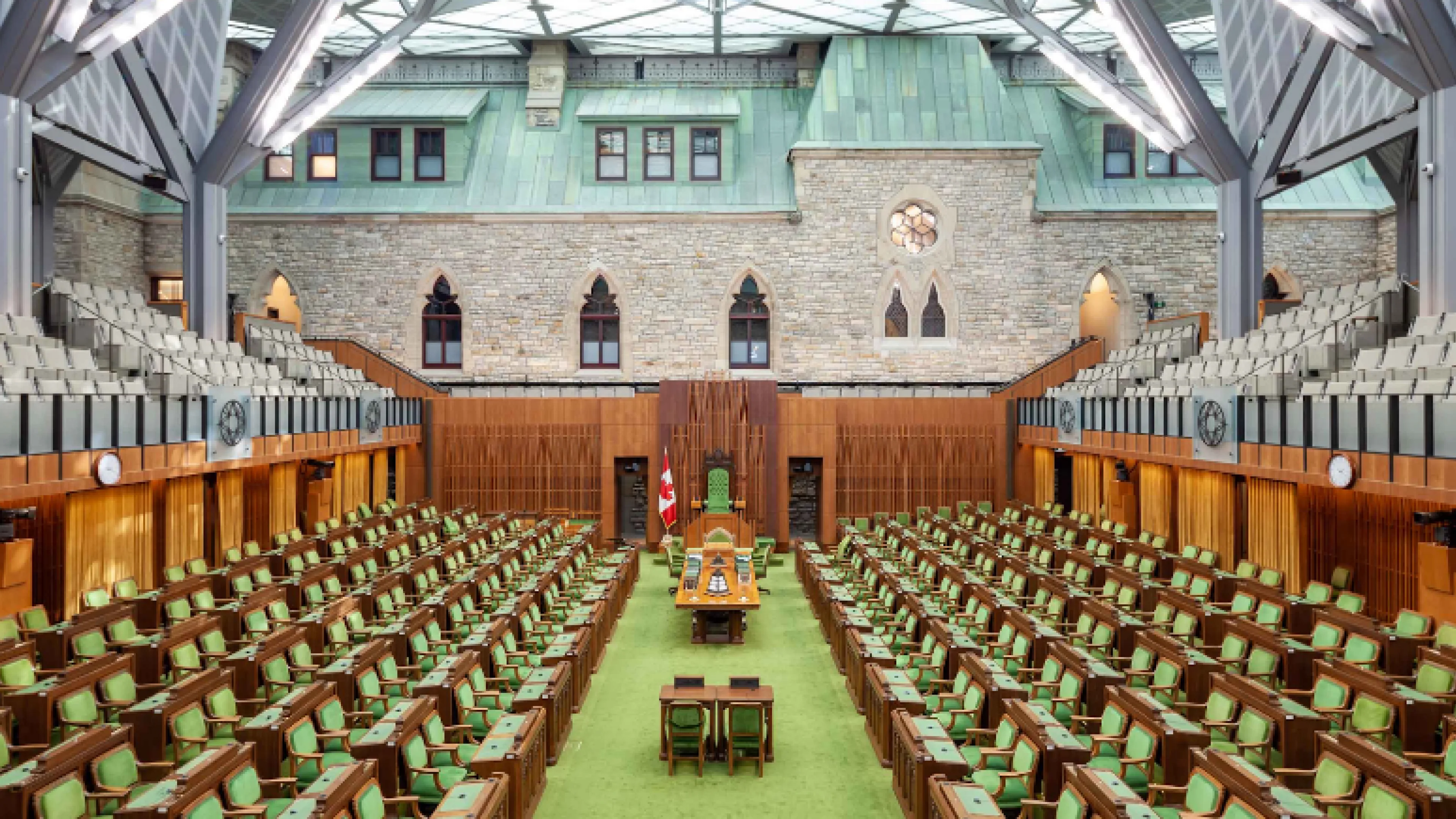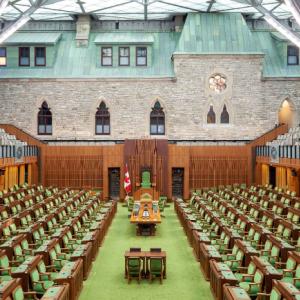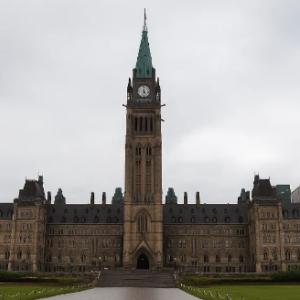Budget 2025 Takeaways

The 2025 federal budget includes several new health-related measures, though most fall under the government’s infrastructure and economic agenda.
It maintains provincial-territorial health transfers at current levels while introducing several targeted programs and a few policy tweaks.
An added $5 billion in health funding (over and above the transfers) is placed within the infrastructure column, framed as an engine of growth.
David McCullagh, co-founder of Intillum Health, a tech startup that matches job-seeking physicians with municipalities, says he’s “encouraged by investment earmarked for foreign-trained professionals.”
But while the government appears open to new tech-based methods of recruitment and retention, McCullagh says the outcome “remains to be seen in the execution.”
The new Health Infrastructure Fund is larger than the $4-billion commitment made during the 2025 election; with spending distributed over several years and focused mostly on facility construction and modernization.
Funding for workforce initiatives and team-based care programs is no longer included.
On the budget, Michelle Acorn, CEO of the Nurse Practitioners’ Association of Ontario said, “This budget was laser-focused on the economy and light on healthcare policy,” adding, “I think it speaks to the government’s view that health is provincial jurisdiction.”
At the same time, many hospitals across Canada continue to face emergency room closures and record service reductions due to persistent staffing shortages.
Pharmacy executive Michael Nashat said there’s no clarity on national Pharmacare, or what mechanisms pharmacists will have under the new system to negotiate fair pay.
Given the focus on infrastructure, Nashat says he’s “not surprised we are kind of missing from the action.”
Other measures include a one-time $150 payment to offset Disability Tax Credit certification costs under the Canada Disability Benefit, and a proposal to ensure recipients don’t lose eligibility for other federal programs.
The National School Food Program is set to become permanent, and funding for medical schools is noted within the $5 billion Health Infrastructure Fund — though exactly how much and which schools qualify isn’t specified.
Programs from the previous Trudeau Government, such as national dental care and pharmacare, are maintained without new funding.
The budget also issues savings targets across several federal health and regulatory agencies. Health Canada, the Public Health Agency of Canada, and the Canadian Food Inspection Agency are expected to reduce operating expenses by up to 15 per cent over the next three years through plans to “modernize,” “cut red tape,” and automate jobs.
The reductions include closing and consolidating federal labs and winding down “lower-priority” research.
These austerity measures come as foodborne illness outbreaks become more frequent in Canada, a trend that started well before the U.S. dismantled much of its own consumer-protection and food-safety regulations earlier this year.
The budget is expected to pass.
Opposition parties are divided: the Bloc Québécois and Greens say they will vote against it. While the Conservatives are also opposed, they’ve lost one member to a floor-crossing and another to sudden resignation, further strengthening the government’s position.
Interim NDP leader Don Davies told reporters there are “positives and negatives” in the budget and said his caucus will “take a comprehensive look and weigh it out in the coming days.” He also suggested some NDP members could abstain.
If the government’s goal with this budget was to balance the optics of fiscal restraint with symbolic, visible investment, the approach succeeds on those terms. Health spending appears substantive, but is being spread over several years. In the meantime, Canada’s health system will operate with fewer scientists and frontline supports, long before any new hospitals open their doors.
The full text of the Federal Government’s 2025 Budget can be found here.









